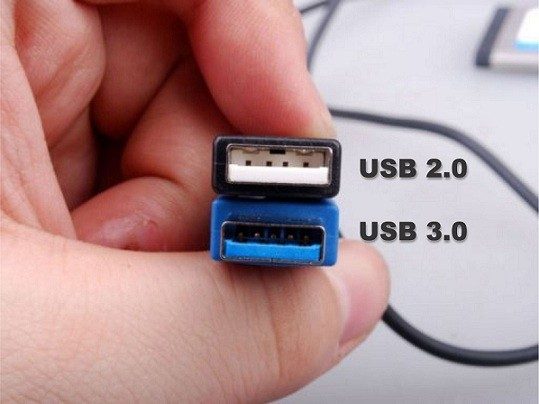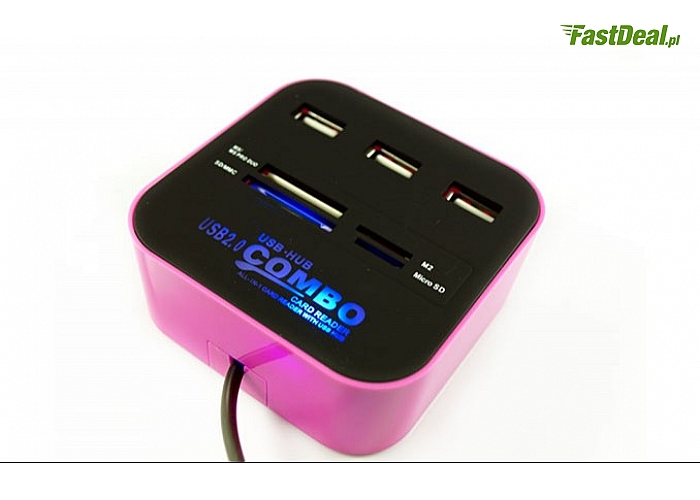

Although both USB 2.0 and 3.0 have a max transfer speed (2.0 = 480Mbps, 3.0 = 4.8Gbps) most drives won’t reach these speeds. As you’ll see later in our USB drive comparison, the transfer speeds vary, even from the advertised speeds. Just because two USB drives are USB 2.0/3.0 doesn’t mean the transfer rates will be the exact same. Not all USB drives are created equal in terms of speed. Flash drives that use USB 3.0 are backwards compatible with USB 2.0 ports but will run at USB 2.0 speeds.

To take advantage of USB 3.0 your computer must have USB 3.0 ports. However, you will notice the increased speed with USB 3.0 when transferring music between a computer and the flash drive. Avoid buying a USB 3.0 flash drive in hopes of faster track analyzing because it will only read it at USB 2.0 speeds. While most laptops on the market today have USB 3.0 capabilities, Pioneer CDJ’s do not. The distinction between 2.0 and 3.0 is how fast a device can transfer data, with 3.0 being the fastest. Secondly, when looking for USB flash drives, you need to pay attention to whether a drive is USB 2.0 or USB 3.0. Most flash drives are FAT systems, but some rare cases such as NTFS, will have compatibility issues. CDJs (and most media players for that matter) only read FAT16, FAT32 or HFS+ file systems from flash drives because they are great for indexing files (such as different tracks) and recalling the information quickly. File Systemsįirst of all, all CDJs use specific file systems when reading your tracks to be played. They come in all shapes and sizes but run in different capacities due to their file systems and USB type. The latest model, the XDJ-1000MK2 (check out DJTT review), solely uses USB flash drives. Flash drives are the natural successors to floppy discs and CDs that allow for storage into the gigabytes (GB) compared to megabytes (MB).Īll of Pioneer’s recent CDJ models such as the CDJ-2000NXS2 and XDJ-1000MK2 have the ability load media from flash drives alongside disk media.


There is a lot of computer science that goes into making flash drives work but DJ’s only need to understand a few key concepts when looking for the right one to hold your music for a gig. on the market and which one’s should be considered for Pioneer CDJ’s. Since many DJ’s entire set is carried on modern flash drives, is there a difference between them? Which ones are the best for high quality music storage? In today’s article, we are going to run down the different types of flash drives. Amazingly, in just 15 years, we have gone from toting around a crate of 50 records that weighed 60 pounds to carrying five thousands songs on a small stick of gum that weighs a few ounces.


 0 kommentar(er)
0 kommentar(er)
